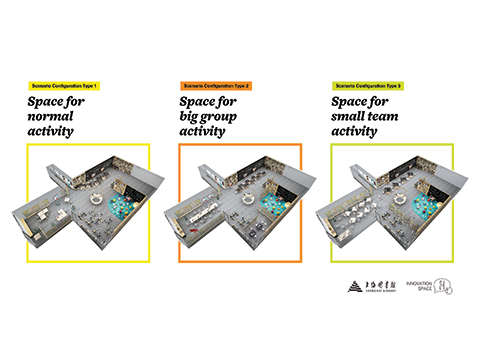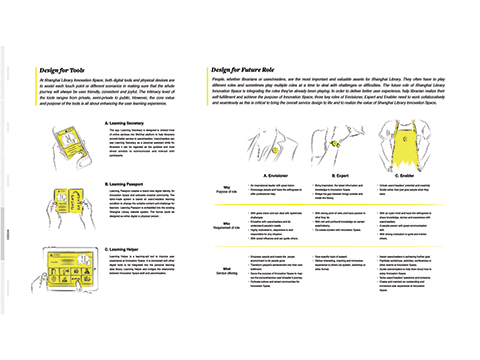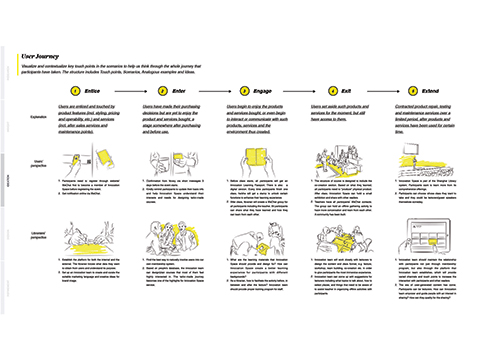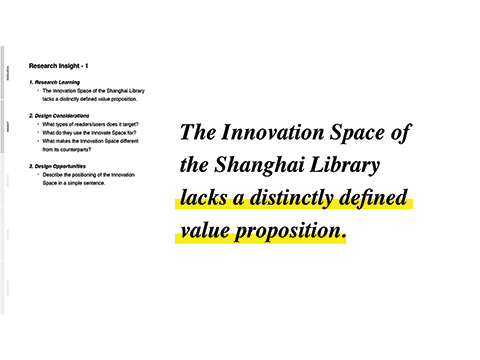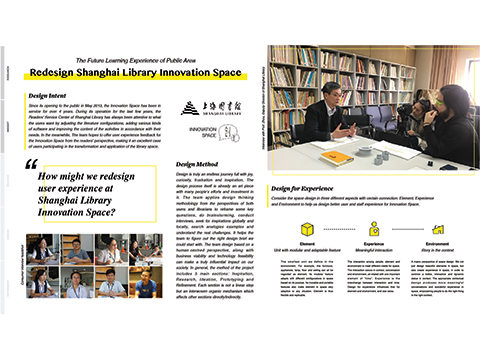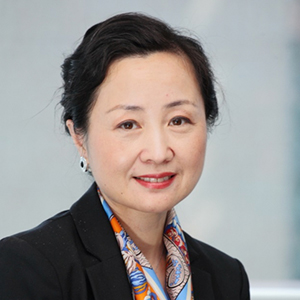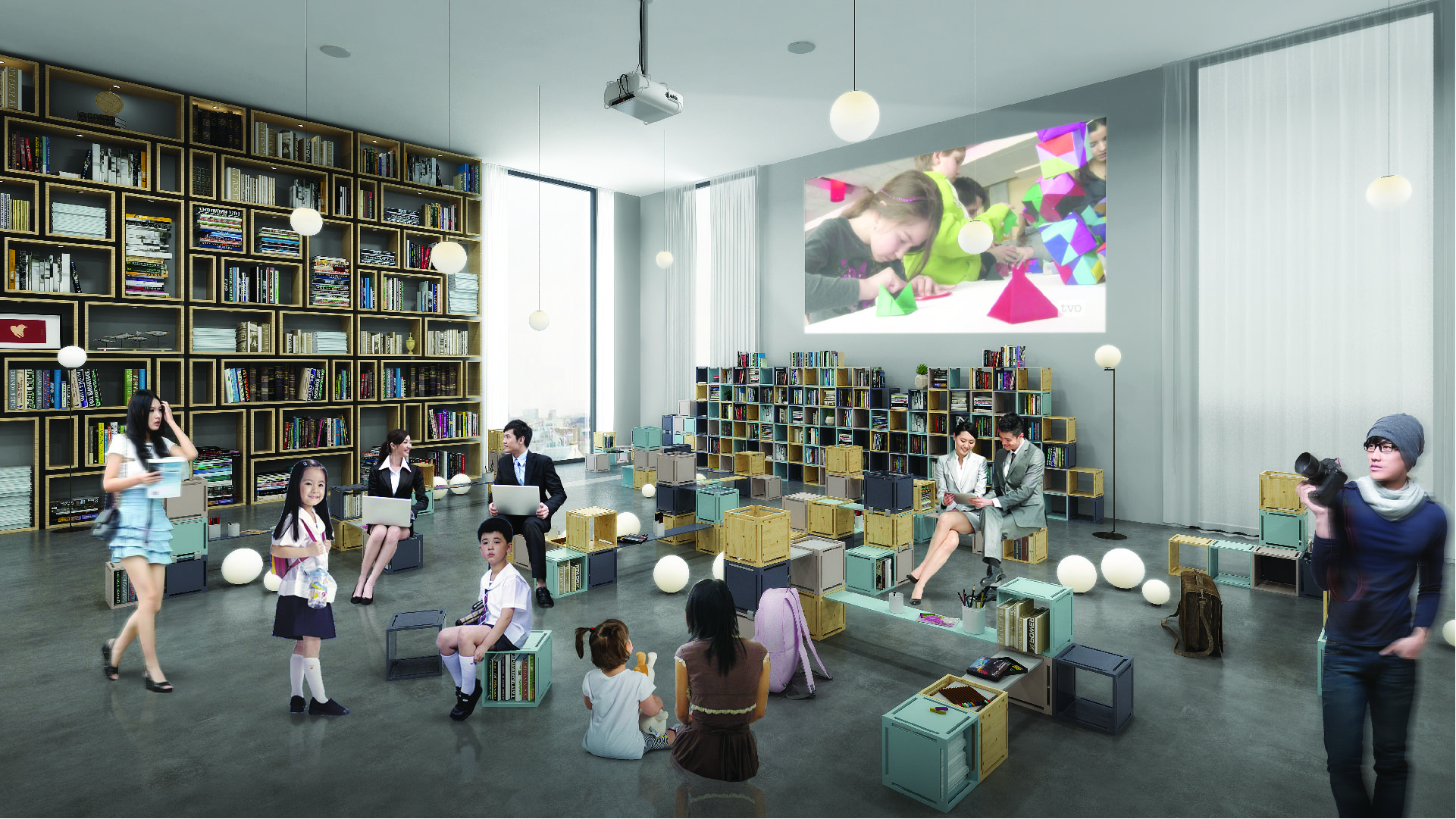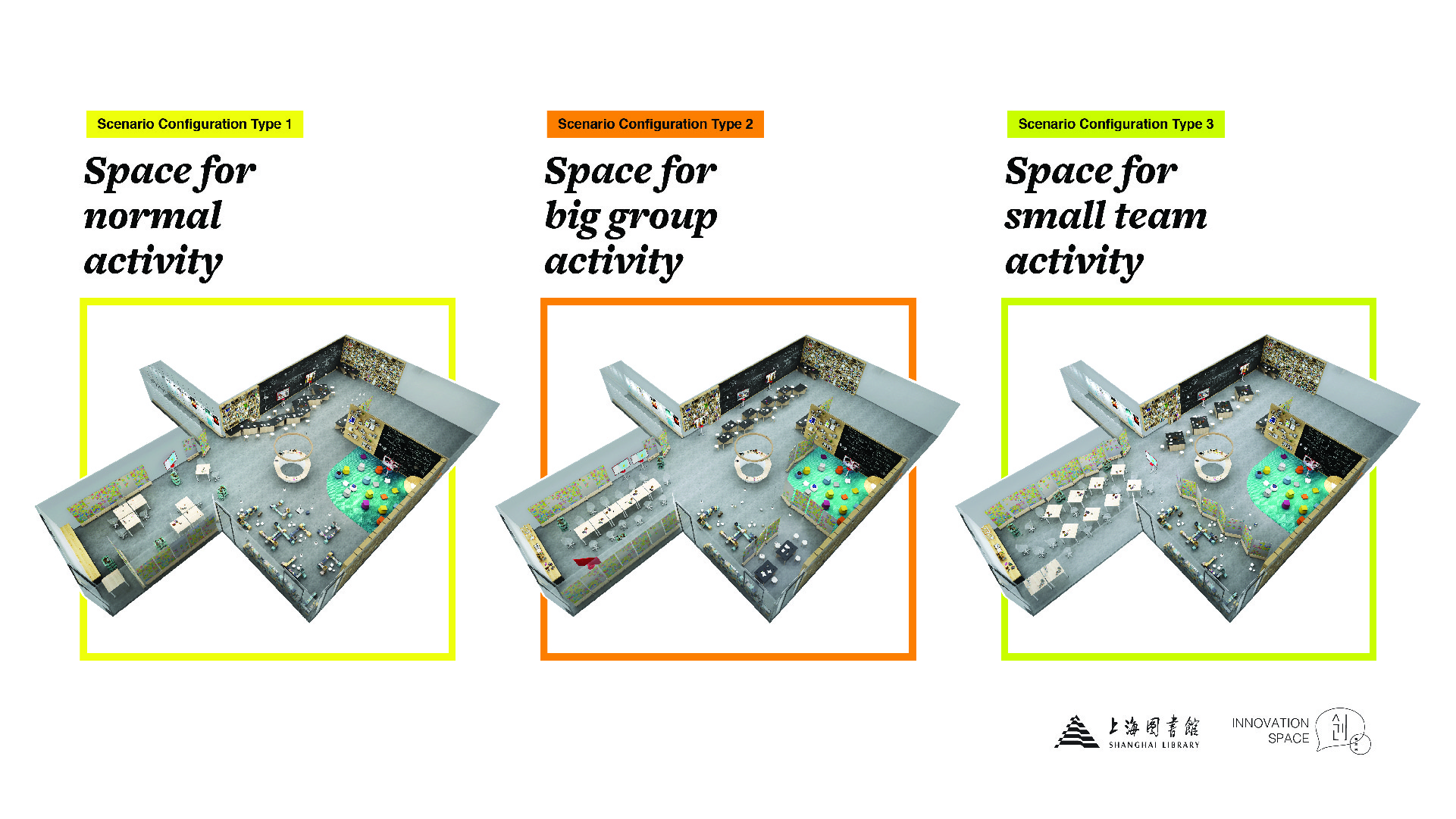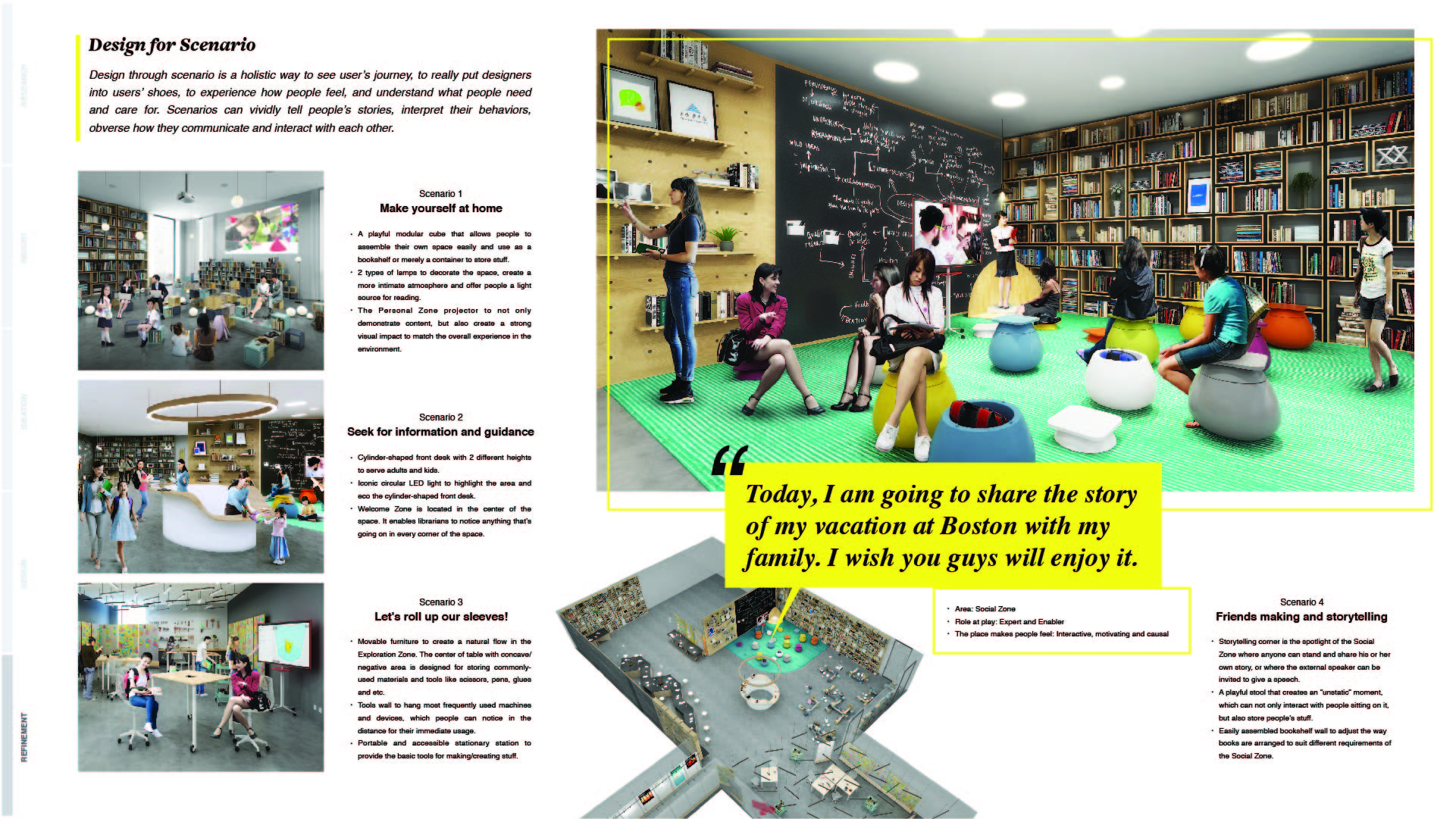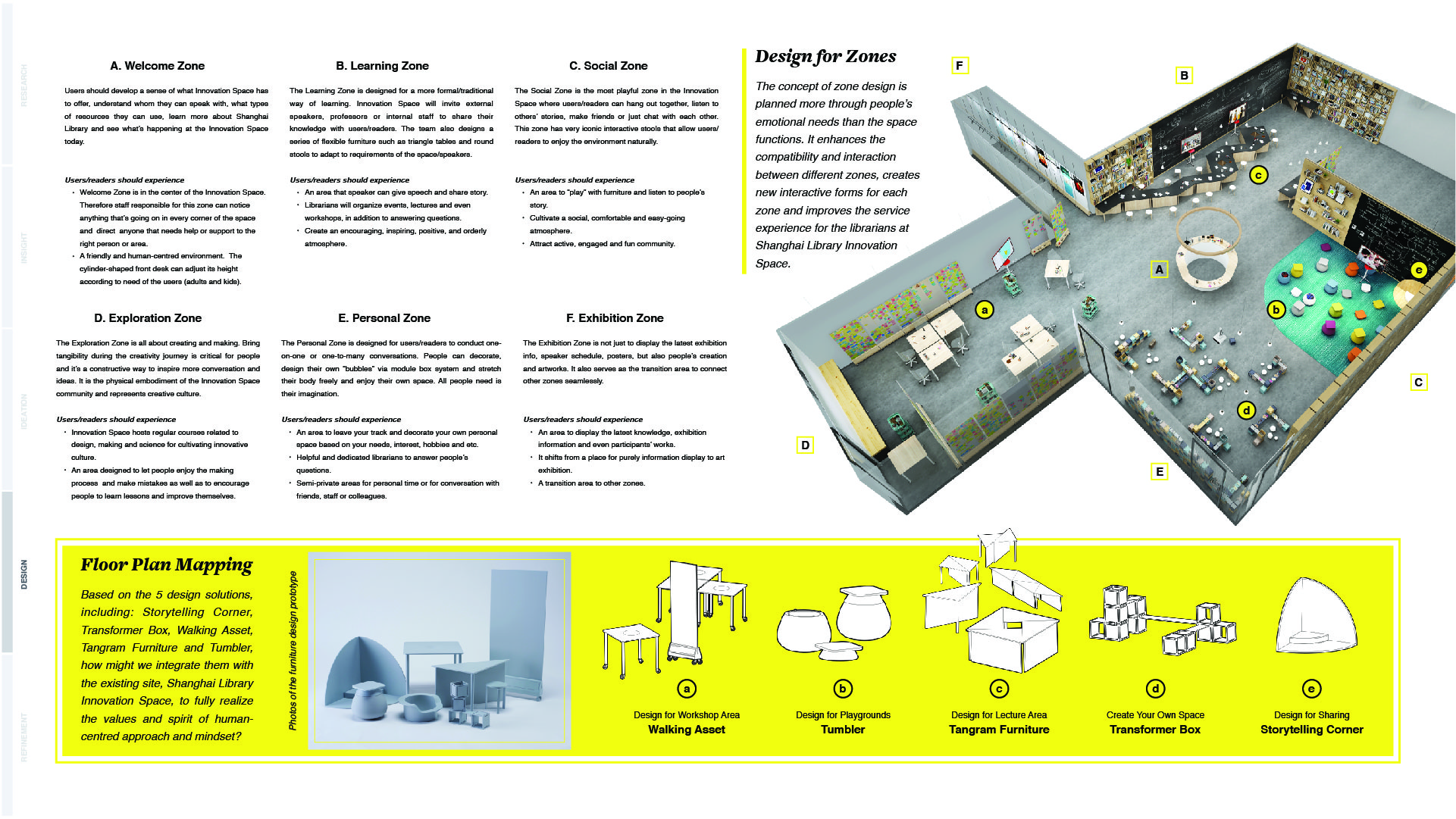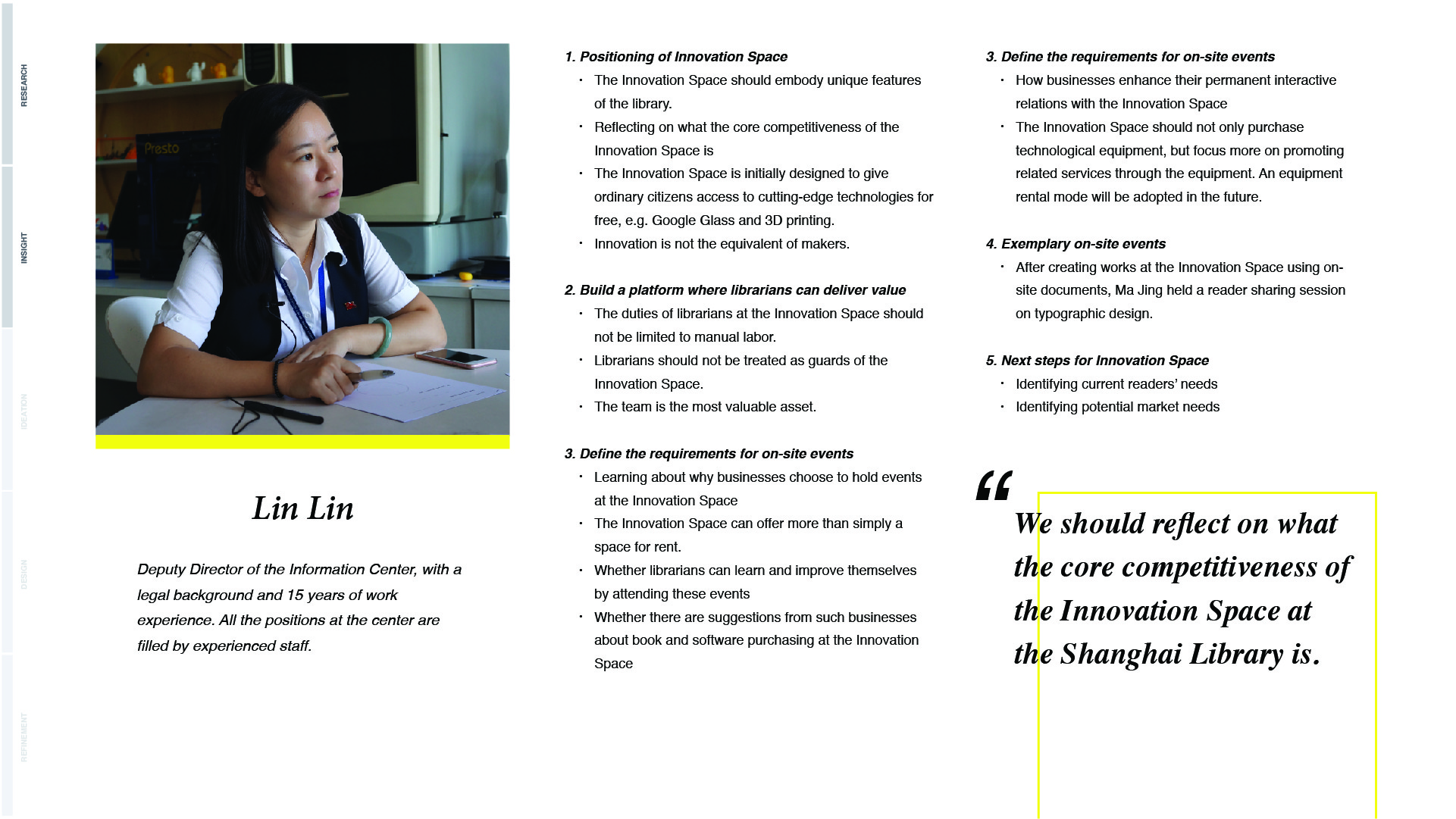-
 Sheng-Hung Lee
IDEO / Shanghai Institute of Visual Art
Designer / Professor
Sheng-Hung Lee
IDEO / Shanghai Institute of Visual Art
Designer / Professor
Sheng-Hung Lee is a designer, maker and educator. He is inspired by multiple domains of knowledge, different perspectives, and he thrives on creating new value for clients in multi-disciplinary teams. He is trained as an industrial designer and electrical engineer, and his approach to problem solving is influenced by his passion for how design and technology impact on and can be integrated into society. He has collaborated with IDSA (Industrial Designers Society of America) to inform their their strategy, service and user experience for the Asia market, this work was recently been published in the book
. Sheng-Hung has been focusing on organization design that creates systemic impact. He was invited to be a jury for multiple international design competition including IDEA, Spark Design Award, IDA Award and A’ Design Award and Competition.
Sheng-Hung graduated with a double Bachelor’s degree (Hon.) in Industrial Design and Electrical Engineering from National Cheng Kung University (NCKU), Taiwan. His work has won prestigious awards including IDEA Gold, Braun Prize, Core77 Design Award, Red Dot (Best of the Best), Spark Design Award, European Product Design Award (Gold) and iF Award. In his spare time, Sheng-Hung teaches product design at Shanghai Institute of Visual Art and Detao Masters Academy.
Design Thinking Drives Public Service Innovations - Redesign Shanghai Library Innovation Space
Innovation Space has been open to the public for more than four years since May 2013. In the past few years of operation, the Reader Service Center of Shanghai Library has always listened to users' voices, adjusted the document configuration, added software varieties and improved activity contents according to users' requirements. At the same time, it hopes to obtain feedback from readers' experience in the use of space, which is a good case for users to participate in the transformation and application of library space. Li Shenghong uses Innovation Space to teach the design course of Shanghai Institute of Visual Art (SIVA), IDEO's online tools " designed for the library" have accumulated a lot of acquisitions of overall planning and design of innovative public spaces in three years. Innovation Space, with its design strength, has carried out some preliminary research and service design research, and finally hopes that it can be reflected in the space and service design, and can be used as a reference for the future construction of new library spaces and other public services.
In this workshop, the keynote speaker will deeply interpret the design cases of Innovation Space in Shanghai Library, and analyze how the team uses the method of design thinking to solve problems, including redefining key issues together from the perspective of users and librarians, brainstorming, user interviews, finding inspiration points globally and locally, analyzing analogy cases and understanding the real challenges. The design process of the team proceeds from understanding people's needs advocated by IDEO, takes into account the sustainability of business and the feasibility of technology, and covers five major parts:
1. User research
The internal investigation of the team is to have a clearer and deeper understanding of Innovation Space, covering team capabilities, organizational structure, brand value proposals and strategies, operation mode of Shanghai Library and some pain points shared by librarians. With respect to the investigation forms internally understood include one-on-one librarian interviews, actual visits to Innovation Space and all references and literatures provided by the team of Innovation Space. Meanwhile, it carries out external investigation so as to have a clearer, more comprehensive and in-depth understanding of users and readers.
2. Idea thinking
After listening to the vivid stories of ten interviewees, discuss the contents acquired in the interviews together from the angles of users and librarians, and help to extract some main investigation insights from the interviews. The results will affect the following design proposition directions, including interior furniture design, spatial planning, user map depiction and so on. By different ways such as visualization and analogy, outline the main nodes in the situations, and help us to think about users' experience processes.
3. Role setting
In Shanghai Library, whether librarians, users or readers, people are the most precious assets. In many cases, people have to play many different roles, and sometimes one person even needs to play multiple roles to overcome challenges and difficulties. For the future role setting of Innovation Space in Shanghai Library, it is more necessary to integrate the existing job designs. In order to provide better user experiences, enhance the sense of mission and centripetal force of librarians and realize the original intention of setting Innovation Space, three roles have been set up to achieve these goals: vision spreader, knowledge spreader and assistant facilitator. The most important thing is that the three roles need to work together and cooperate closely. Only in this way is it possible to show the overall service design and fully demonstrate the purpose and platform value of Innovation Space of Shanghai Library.
4. Tool design
In the Innovation Space of Shanghai Library, whether it is a digital tool or an entity assistant tool, the purpose of these tools is to ensure that users can keep friendly, consistent and pleasant experiences in different experience points and scenes. The communication degree indicators in tool design include private, semi-private and public states, but the core value and purpose of tool design are still to serve users so as to improve users’ learning experiences.
5. Scene navigation
Scene design is a way to fully understand users' journey. Scene design requires designers to really look at things from the user's perspective so as to experience the user's feelings and understand the user's needs and desires. Scene design can vividly depict people's stories, interpret people's behaviors, observe people's communication or show people's interactive ways. Designers can summarize the case through the link of scene navigation and answer the question of our initial challenge, " how can we redesign the user experience of Innovation Space in Shanghai Library?".
1. Problem establishment - parsing and posing new design challenges
2. Hands-on thinking - modeling thinking, learning in doing, doing while learning
3. Story sharing - group sharing and practicing storytelling skills
1. Creative group - related workers engaged in innovation, creativity and design.
2. Public sector - management and innovation, creativity related departments of government units.
3. Student group - students studying in the departments of design and innovation
1. Social level - what are social innovations and experience designs? Designers should have positive social influence through creativity and innovation.
2. System level - understand the systematic challenges and solutions in traditional industries and industrial transformation
3. Personal level - the next step for designers and the correct attitude they should have in the face of the future world

